A Retreat
/Some friends and I had planned a retreat for a few days last week--a get-away to a house in the mountains with as many craft projects as we could fit in our cars. As it turns out it was also a retreat, albeit briefly, from the political scene. We watched, stunned, on Tuesday, but then were able to postpone thinking about it for the most part while we enjoyed friendship and fiber and walking in the woods. Some of us brought dogs.

Ginny will write her own post about the week.

I debated taking a dog. Rusty couldn't go because he would have had a difficult time with all the stairs in the house where we were staying. Maggie wouldn't be my first choice because she gets car sick. Ginny is the one that would be going stir-crazy left home while Dan was at work all day. So Ginny came with me and I'm glad I brought her. Having her there made me get out and walk at least twice every day. It would have been very easy to just stay inside and work on my projects, but I'm glad that I didn't miss the beautiful woods. The weather was fabulous, although a bit scary to have summer-like weather in November. Of course I had my camera with me on some of the walks.








The walks were refreshing (and necessary for Ginny), but most of my focus was spent on my projects. I didn't get to everything but made a valiant effort, staying up late every night. We shared the cooking so I only spent one evening in the kitchen and that was making an easy batch of mac and cheese.

It might be hard to tell what this is from the photo. When it is delivered to my granddaughter in December it will have a covered mat on the floor, a hula-hoop supporting the scalloped roof and be supported from the ceiling. It has windows (thanks for demonstrating, Mary), inside pockets, and a door with glittery decorations. If I have time I will weave a rag rug with the leftover material. This is soooo cute, but it took soooo long to sew...and I'm not quite finished.

This is a photo of all my projects for the 3-1/2 days. You can see on the pattern envelope how the canopy looks when it is set up. From bottom left and around: a batch of 41 dryer balls ready to be felted, a rag runner woven on the Cricket loom, a baggie of walnuts ready for the freezer (those weren't mine because I didn't get to cracking any that we didn't eat--I need to finish this at home), Ginny :-) , six chenille scarves fringed (half of the 12 that I brought), and a warp wound for two ponchos. Not shown is the painted warp that I did that was in a plastic bag ready to come home and be rinsed.

I drove home Friday, but not before stopping at the lake. It doesn't seem right to go to Lake Tahoe and not actually go to the lake.

Ginny learned quickly that she could retrieve her ball from the lake but she'll tell you about that in Rusty's blog.






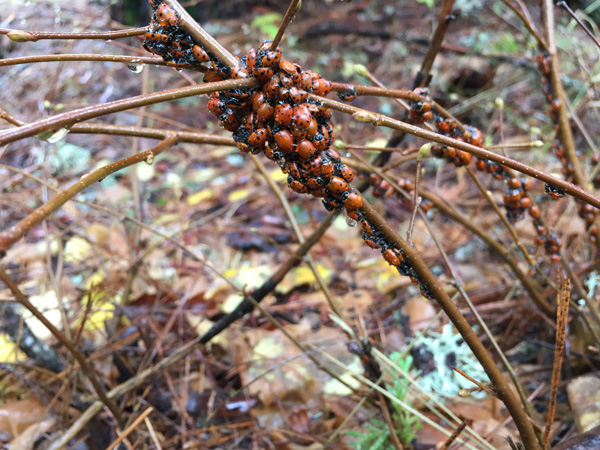
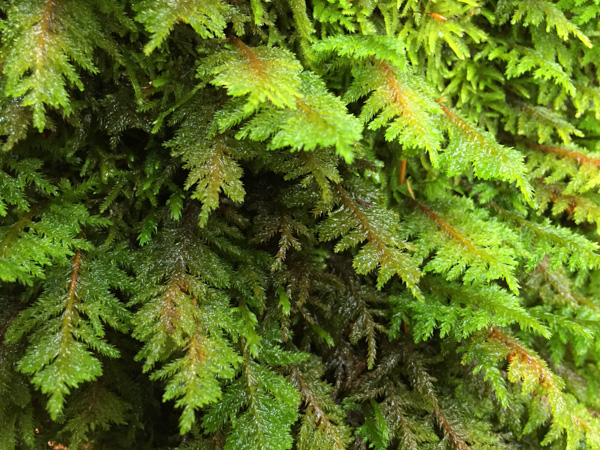

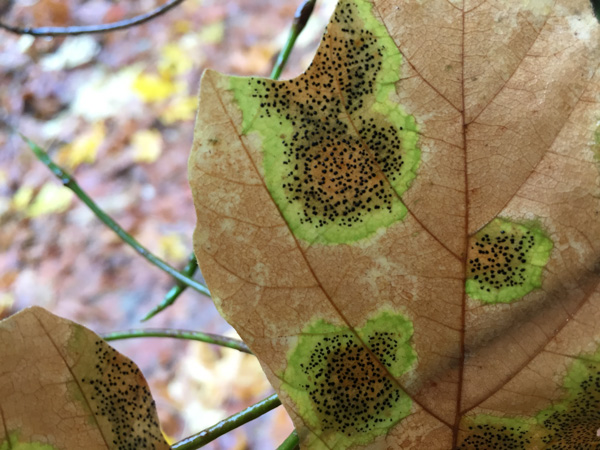

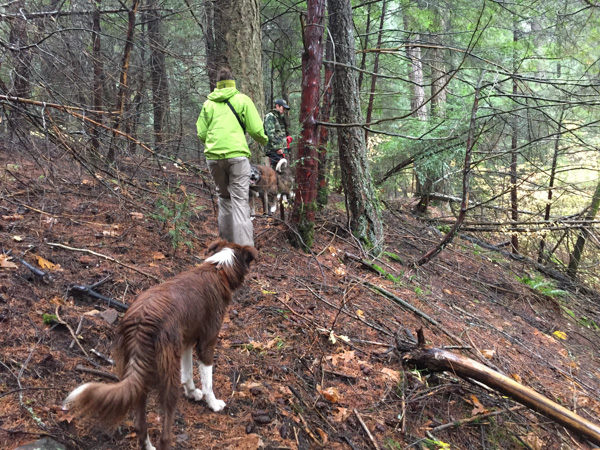



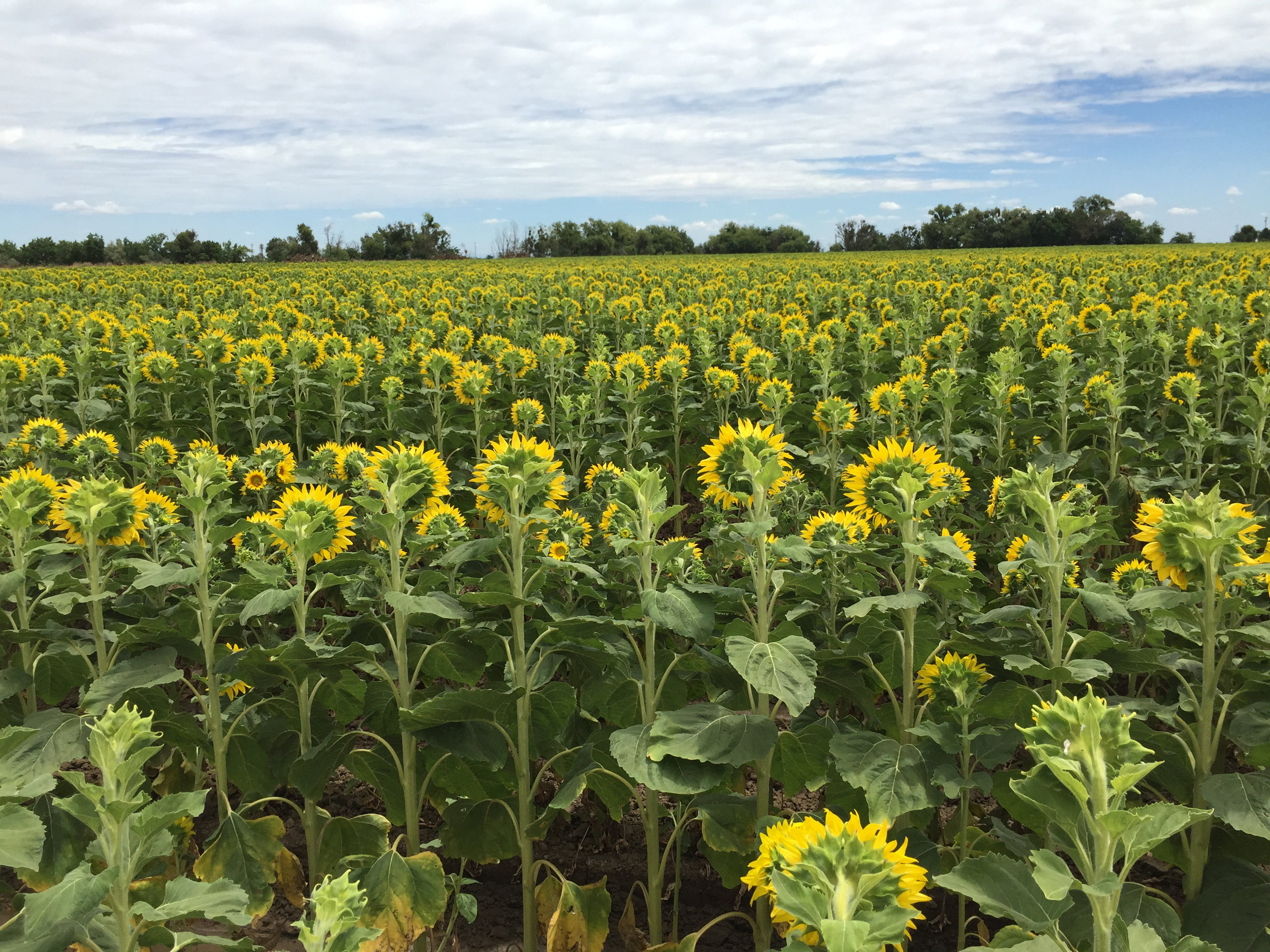
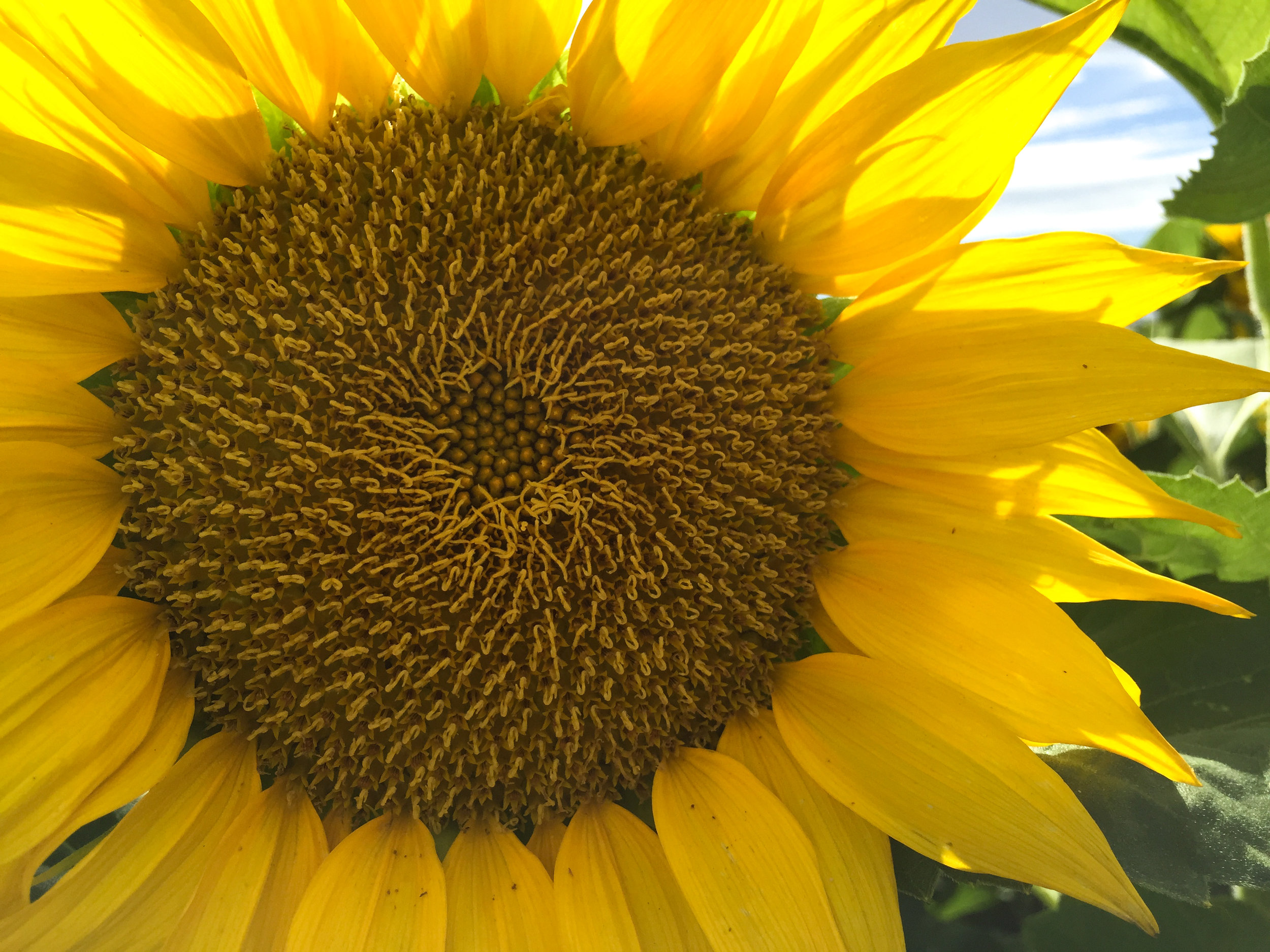
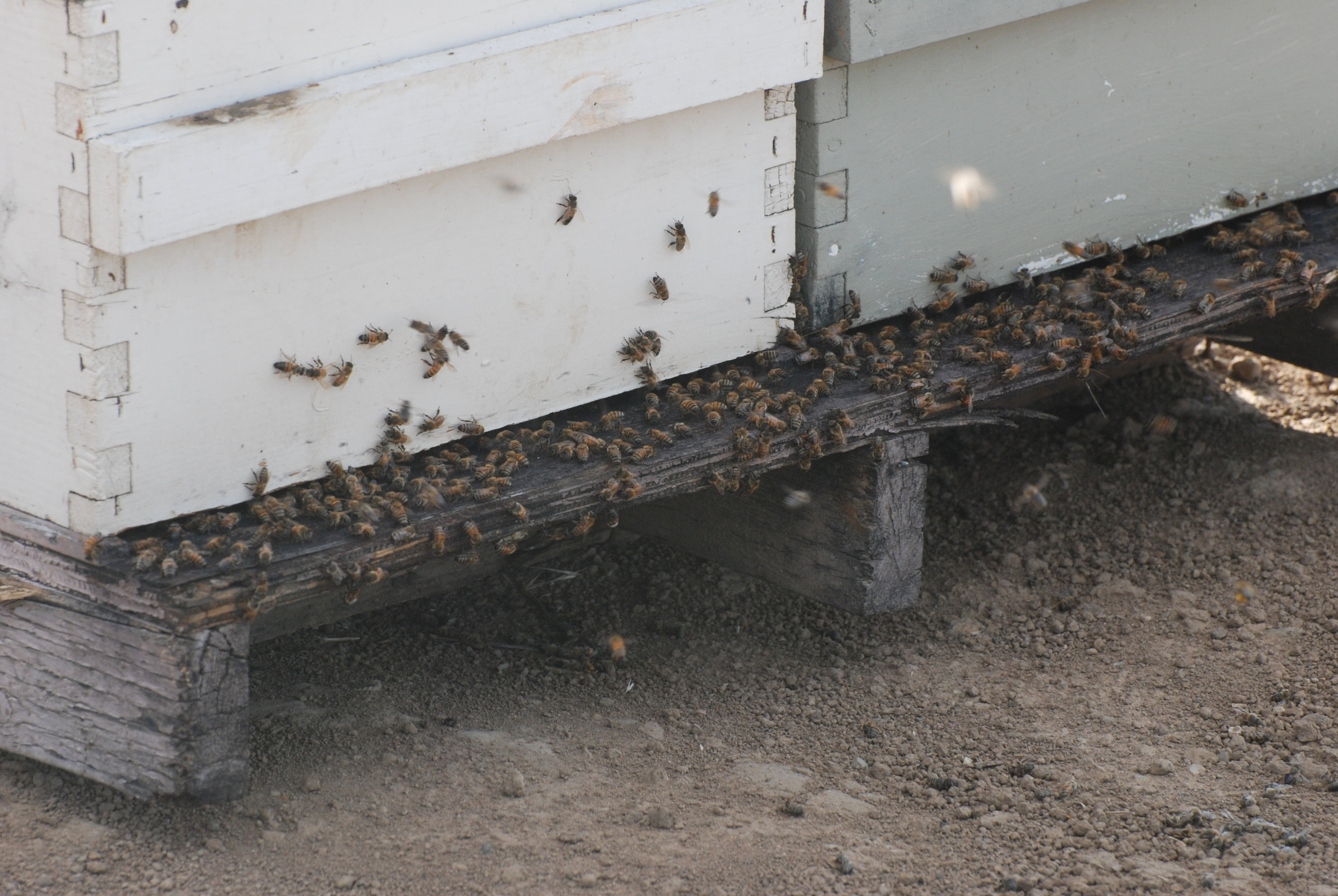



































 There were plenty more milkweed plants that were teeming with life. That's the Common Buckeye Butterfly and the Alfalfa Butterfly (see my
There were plenty more milkweed plants that were teeming with life. That's the Common Buckeye Butterfly and the Alfalfa Butterfly (see my 
 I identified this one in
I identified this one in 


